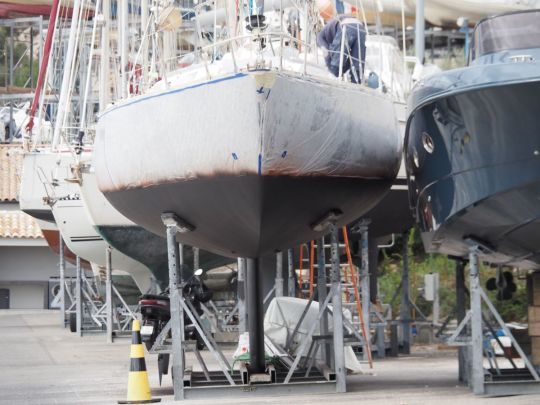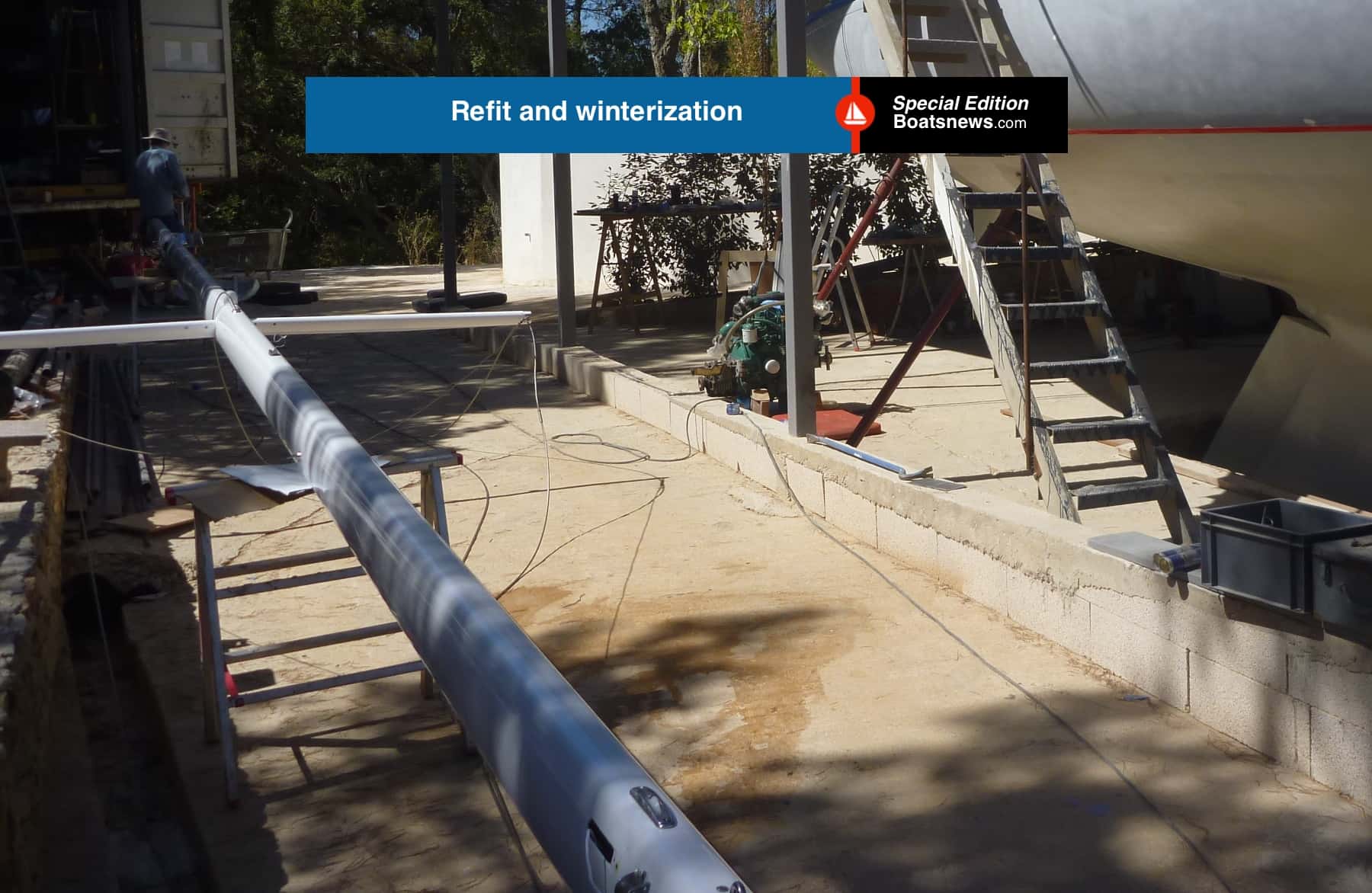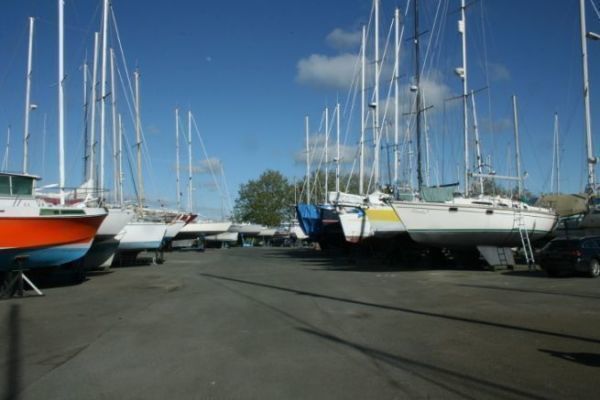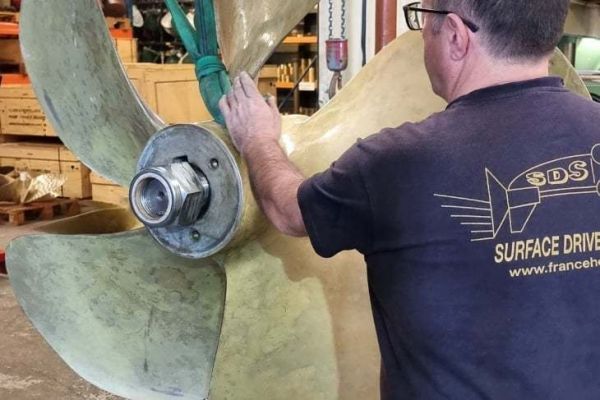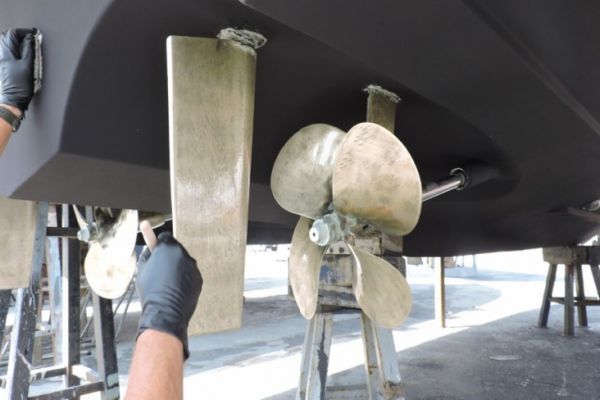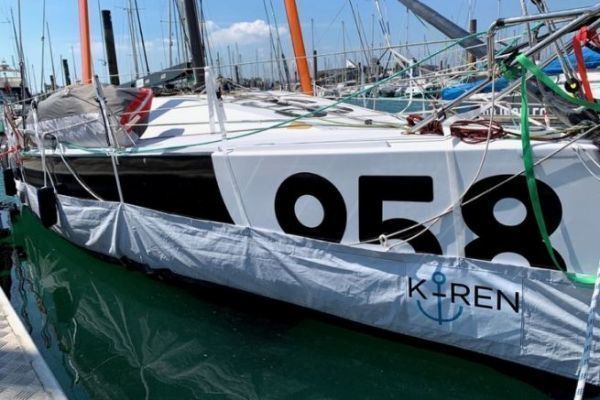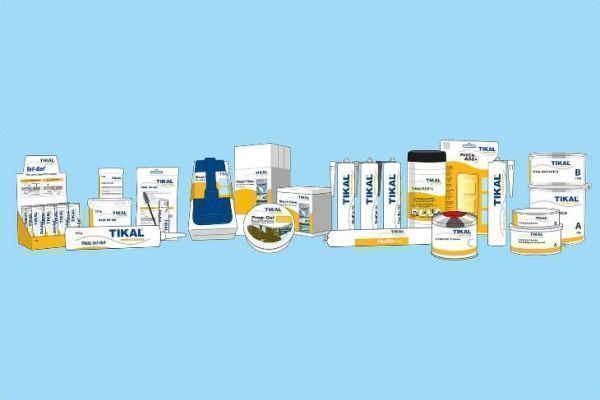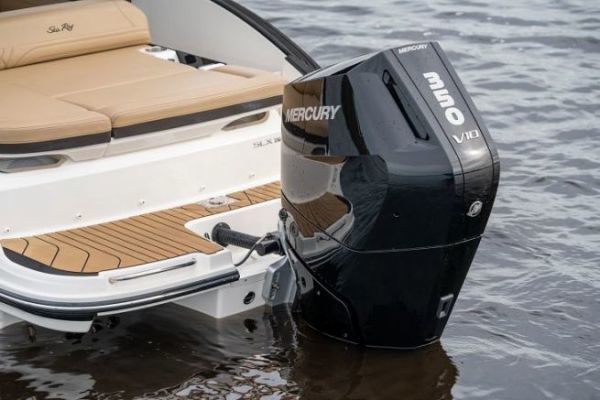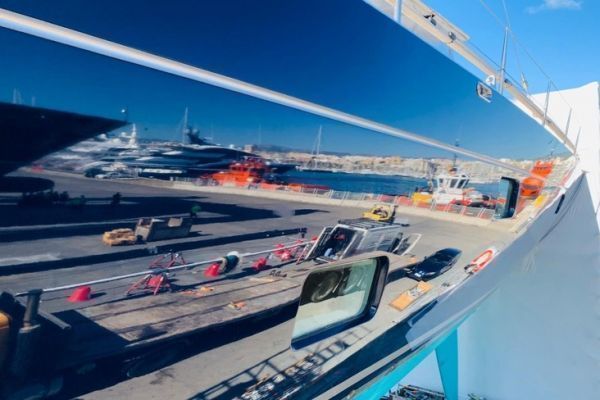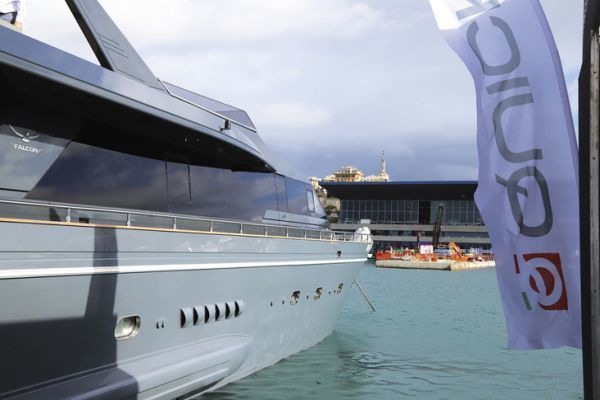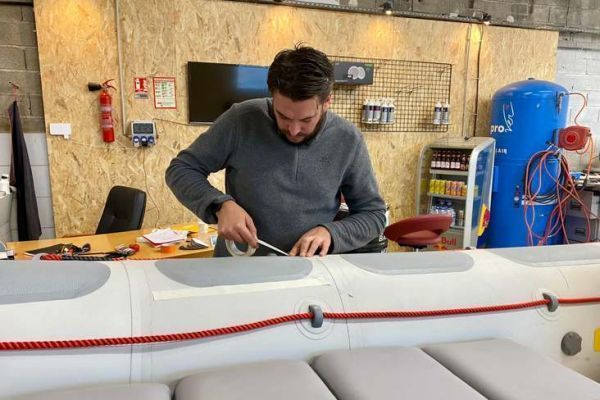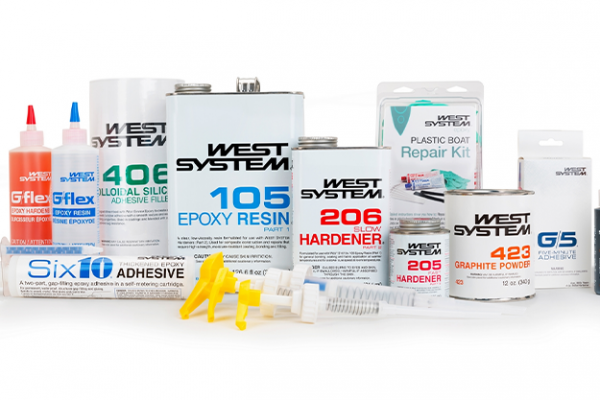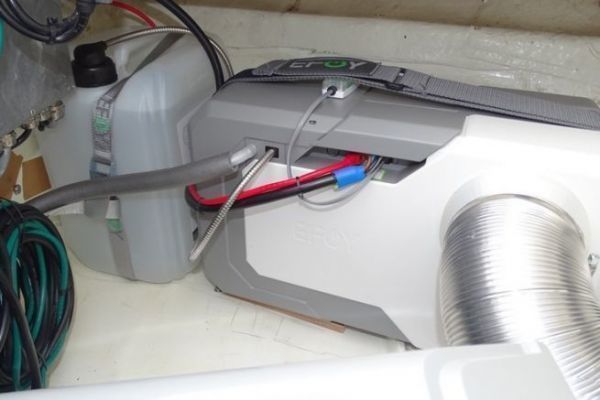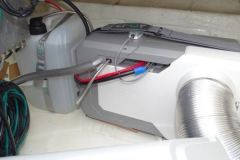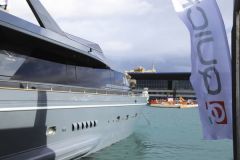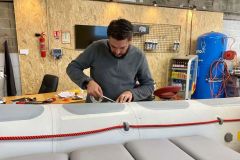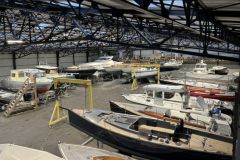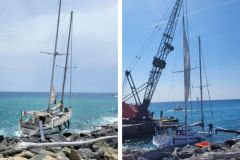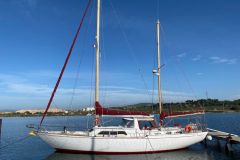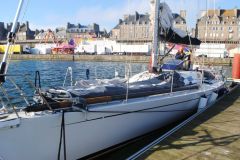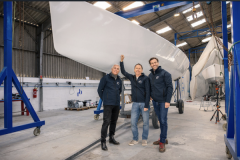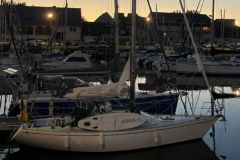West System, a pioneer with North American roots
The origins of West System can be traced back to Gougeon Brothers Inc. in Bay City, Michigan, USA. In 1969, brothers Meade and Jan Gougeon set up a store for enthusiasts of lightweight wood-epoxy composite sailboat construction. This innovative offering of easy-to-access products brought them great commercial success, which has since spread to the entire world market. Thanks to the support of UK-based Wessex Resins, Direteck now distributes West System products in France. All West System products are available in a wide range of packaging sizes, to suit all users.
G/flex 655: the ideal ally for successful keel joints
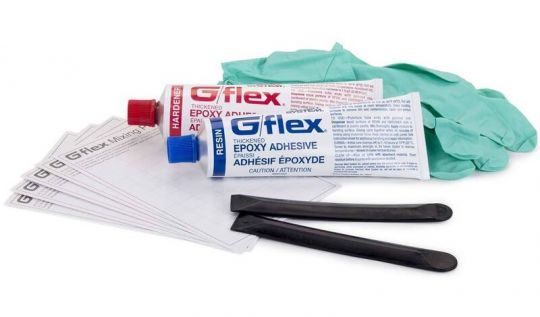
Keel-hull bonding has always been difficult to achieve due to the high stresses in the area, and the delicate combination of different materials. Used on construction sites the world over, G/flex 655 ensures permanent, watertight structural bonding. It can be applied to fiberglass, wood, steel, cast iron and aluminum. Also available in a syringe for perfect mixing, a simple spatula is all you need to make your keel joint.
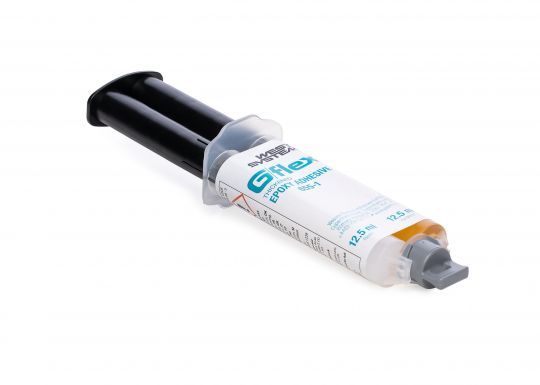
A complete range to combat osmosis
Here's how to carry out an effective treatment on an osmosis hull.
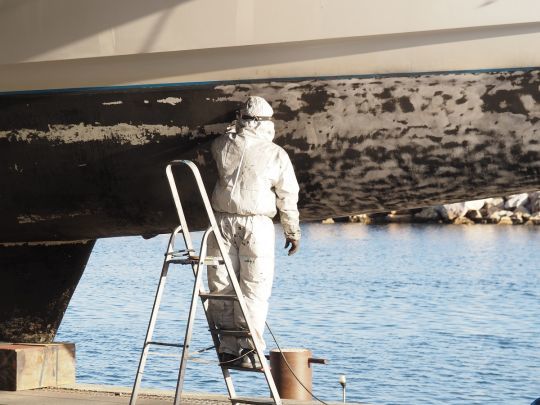
The first step is to locate any bubbles that have appeared as a result of osmosis, and scrape them away until the hull is exposed. The area must be completely dry, and rinsed regularly with fresh water. The aim is to remove all the saline elements that cause osmosis.
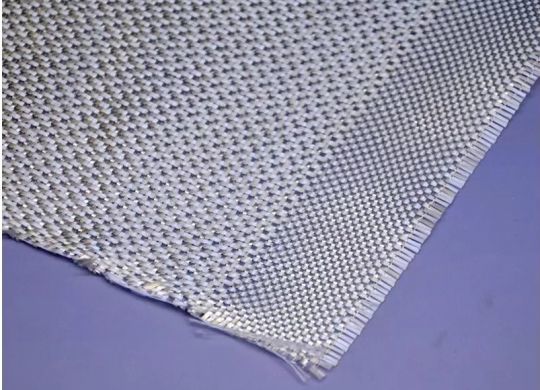
To fill the craters left by bubbles, Sergé woven glass fabric offers many advantages. This biaxial fabric has excellent flexibility and adapts to the shape of your hull, while limiting the risk of excess thickness. The different layers of fabric must be applied while maintaining a chemical bond between them. Ideally, this operation should be carried out by two people: one to apply the fabric, the other to prepare it. The aim is to maintain evenness of application.
The fabric should be cut into rounds to create a sort of cone to best fit the hole to be plugged.
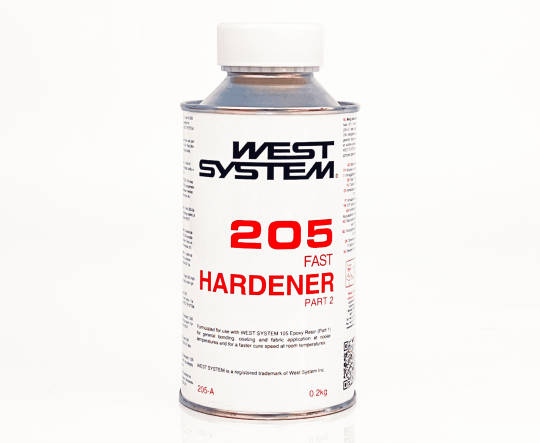
Epoxy resin 105 is mixed with a hardener which should be chosen according to the temperature on site. Hardener 205 will be preferred for mild temperatures, but you'll have to switch to 209 in very hot weather, which can happen under a worksite cocoon.
To perfect the finish, a West System 877 stripping cloth can be used to bring out the amines, reducing the amount of sanding required.
Additional equipment for a successful job
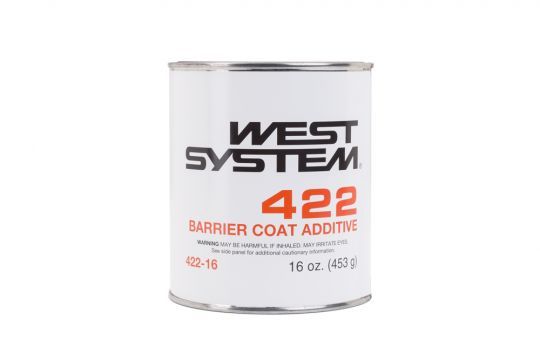
For optimum protection, additive 422 is available to improve the resin's water resistance. It has been specially designed to improve the effectiveness of West System epoxy moisture protection and to combat osmosis.
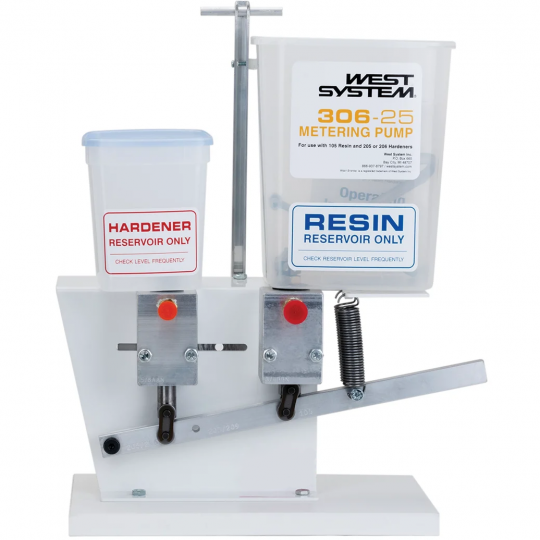
For larger jobs, use the WS 306 automatic pump to save precious mixing time.
Lastly, when working in very cold conditions, the resin may crystallize in its packaging. A little-known problem, it's easy to solve. Simply heat the resin to 50° for 2 to 3 hours. Whether in a bain-marie or near a heat source, the resin will recover all its properties as it becomes fluid again.
